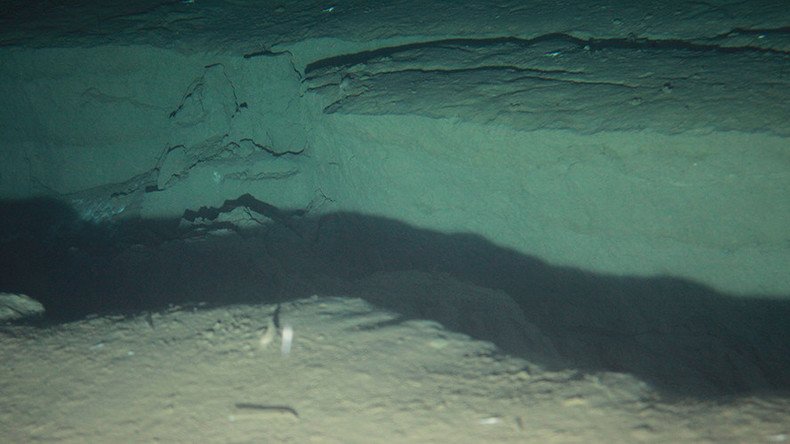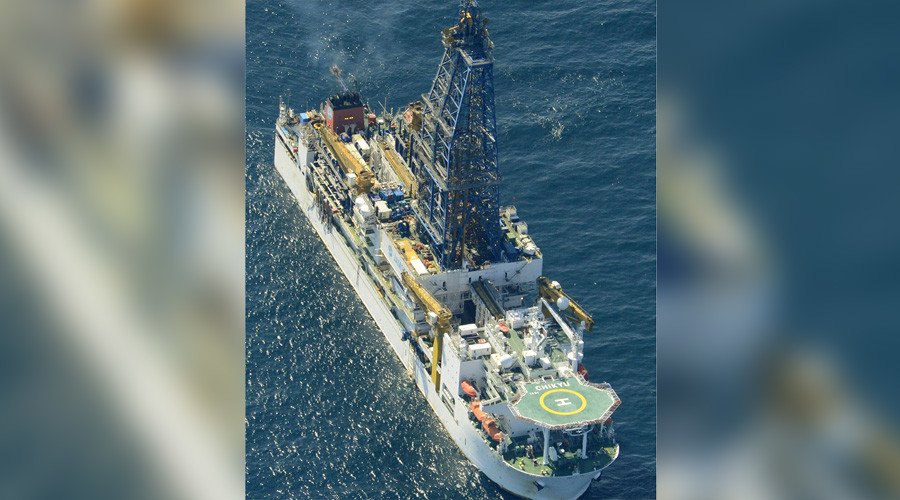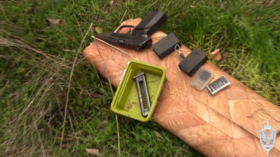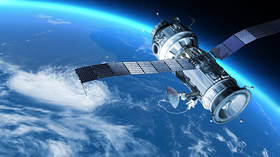Japanese scientists to use giant undersea drill to reach Earth’s mantle

Earth’s elusive mantle is too much to resist for a team of Japanese scientists who plan to be the first to reach it. The team will use a giant drill to reach the molten rock, located six kilometers (3.7 miles) beneath the planet’s surface.
"If we dig into the mantle we will know the whole Earth history, that's our motivation to search," researcher Natsue Abe, who is involved in the project, told CNN.
Japan's Agency for Marine-Earth Science and Technology (JAMSTEC) are undertaking the massive project that will see a drill dropped four kilometers into the ocean, before drilling through six kilometers of the planet’s crust to reach its destination.
"We don't know the exact (composition) of the mantle yet. We have only seen some mantle materials -- the rock is very beautiful, it's kind of a yellowish green," Abe said.
#Jamstec plan to drill 6km into earth's crust in attempt to become first to reach the mantle, source Jamstec pic.twitter.com/0SBv5y12Tt
— Colm McGlinchey (@ColmMcGlinchey) April 8, 2017
The mantle has been observed before by scientists, extruding from ocean ridges and in areas of the ocean where crust is missing, but JAMSTEC’s research will be the first time it has been viewed directly at such a depth.
Three locations in the Pacific Ocean are being scouted for the expedition, planned to start before 2030. A location in Hawaii will be used for preliminary research in September, which will use sound waves to study the thickness and temperature of the crust, reported The Yomiuri Shimbun.
READ MORE: 4.2bn-year-old remnants of Earth’s original crust found in Canada (PHOTO)
When the drilling begins JAMSTEC will enlist the help of the Chikyū, a Japanese scientific drilling ship designed to drill deeper into the Earth than any ship before it.

"It's the biggest drilling ship of our science area, so the drilling capability is three times longer, or deeper, than the previous,” Abe said.
There are four objectives to the project, according to Abe, the first of which is to access the mantle.
"The second aim is we want to investigate the boundary between the oceanic crust and the mantle," she said. "The third one is we want to know how the oceanic crust formed."
The fourth objective is to examine how life exists inside the planet and see if it has any limitations.











